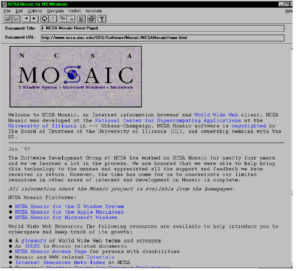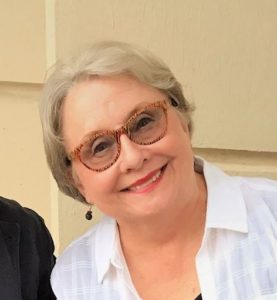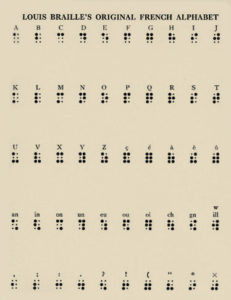Streets are cleared for vehicles, but Whitney can’t drive
January 31, 2019 • 9 Comments • Posted in blindness, Blogroll, careers/jobs for people who are blind, guide dogs, Seeing Eye dogsThis post I wrote was published at the Easterseals National blog earlier this week (I work part-time moderating that blog). It occurred to me later that some of you Safe & Sound blog followers might find it worth a read, too, so here it is.
When sidewalks are covered in snow and ice, walking to work — or to school, or just to exercise — can be difficult. Or impossible.
Chicago is one of many American cities where the number of people walking or using public transportation to get to work outnumber the people who drive. Every winter here I find myself questioning why it is that when snow plows clear passage for cars, the snow mounds they leave at bus stops — on curb cuts and crosswalks — go unshoveled. What about the pedestrians? We appreciate you plowing the streets, but how are we supposed to get over those mounds of snow at the curb to cross to the other side? What better place to find information on all this than on a Minnesota web site. A site called Minnesota Walks points out that approximately one-third of the U.S. population does not drive, including:
- Children
- People with certain disabilities
- People age 65 or better
- Those who cannot afford a personal vehicle
- A growing number of people who simply choose not to drive.
Sidewalks and crosswalks are necessary for those of us who don’t drive to access destinations or public transit, and the Minnesota Walks site also points out that the “Americans with Disabilities Act (ADA) Title II Regulation §35.133 requires maintaining ADA-compliant access to walkways year-round, which includes snow and ice clearing.”
Those of you stuck at home in the aftermath of a snowstorm may want to use your time inside to communicate and educate transportation professionals and community leaders about snow removal and accessibility. Easter Seals’ Project Action has developed a guide related to transportation and snow removal. The 24-page booklet highlights innovative policies and strategies used by U.S. and Canadian communities to improve accessible pathways and transit stops during winter weather.
Happy reading, and hang in there — it’s gotta melt sometime.




